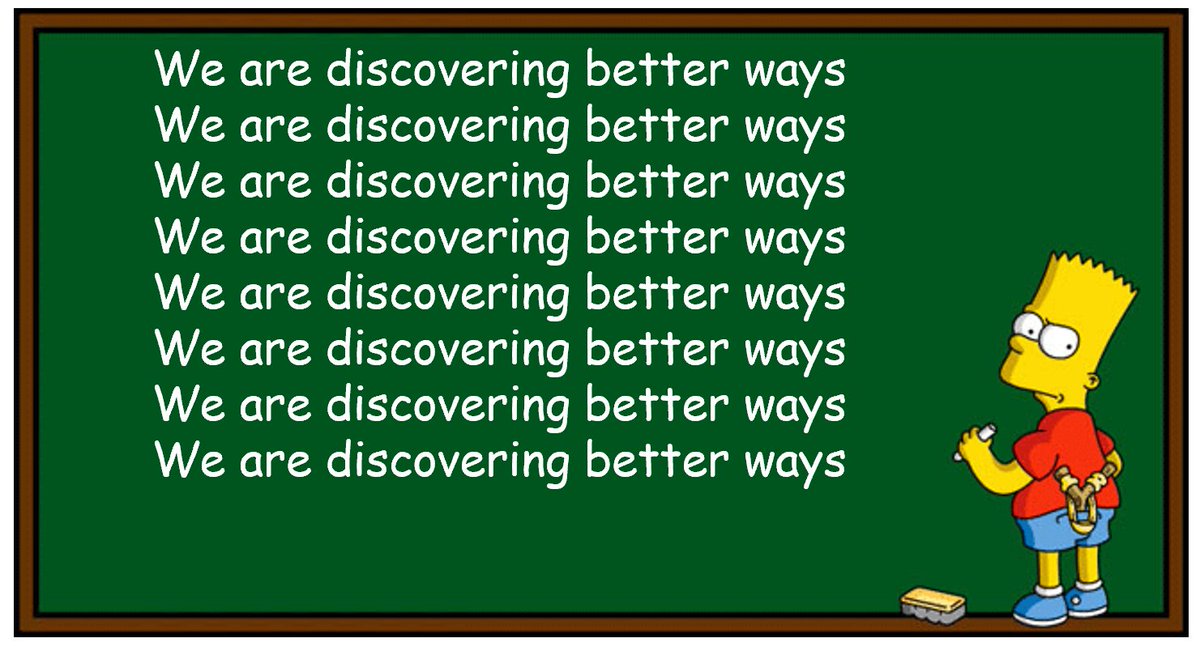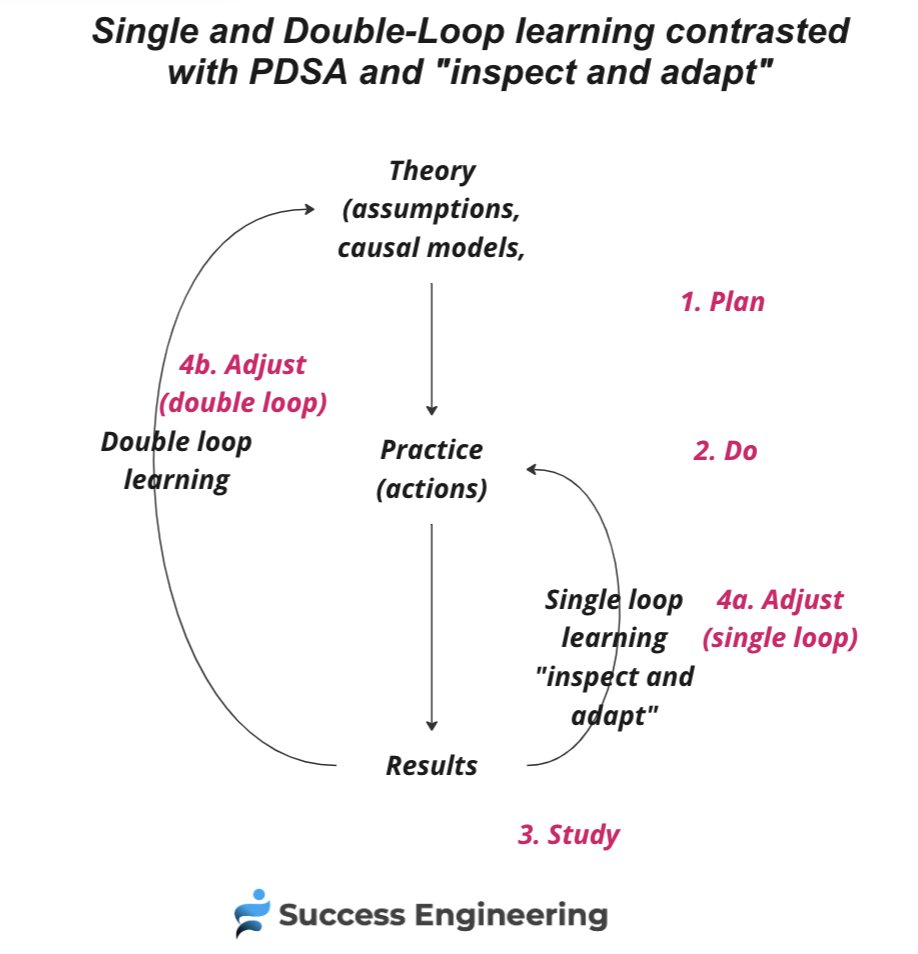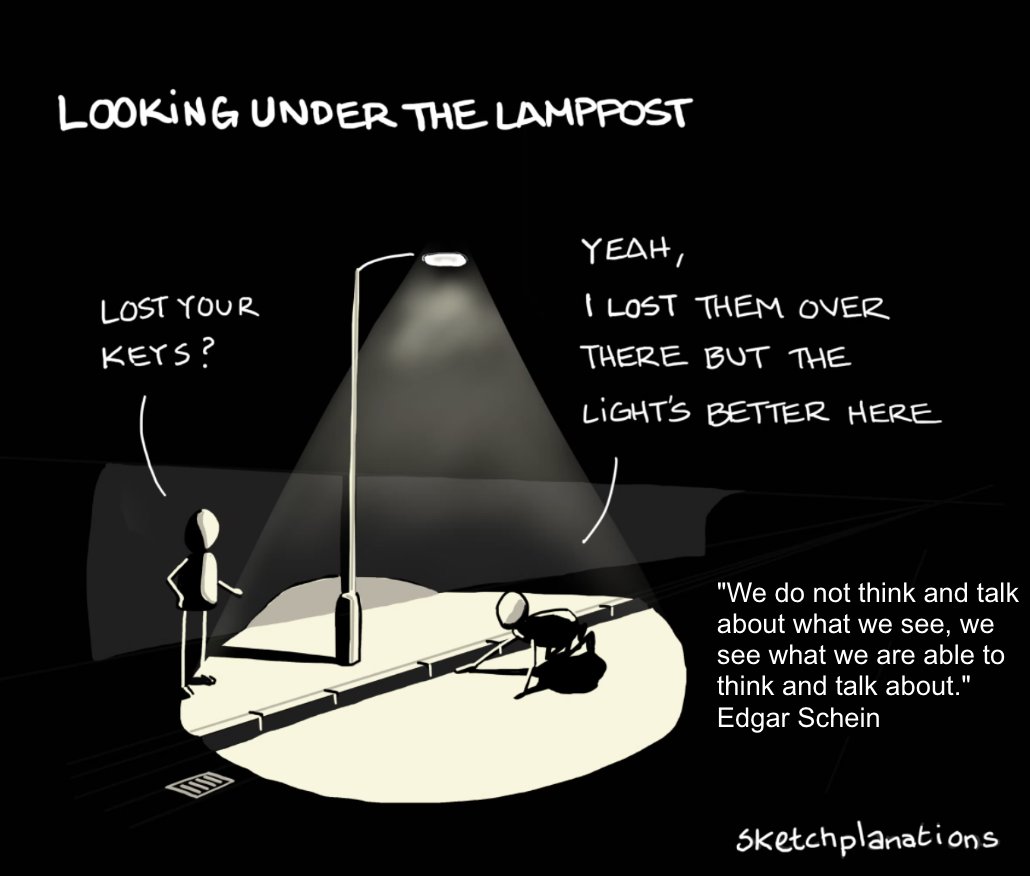Random thoughts about Scrum Guide Based Scrum.
portal.netobjectives.com/pages/books/da…
portal.netobjectives.com/pages/books/da…
i was surprised to see an audio by Ken Schwaber on the Dangers of customizing Scrum.
Instead of espousing against modification you'd think there'd be a discussion on how to lower the risks.
Instead of espousing against modification you'd think there'd be a discussion on how to lower the risks.
will be writing a page on random thoughts regarding the difference between SG Scrum (Scrum guide based Scrum) and DA Scrum (Lean/Flow/ToC based Scrum).
The biggest one is Scrum being based on values and practices with no theory and DA being based on theory that enables choice.
The biggest one is Scrum being based on values and practices with no theory and DA being based on theory that enables choice.
A DS SM can start a team with Scrum if that's appropriate (just choose the Scrum options). But then can deal with any lack of fit for purpose. Might take more for the DA SM to learn how to do this, but no more for the team. 

• • •
Missing some Tweet in this thread? You can try to
force a refresh














